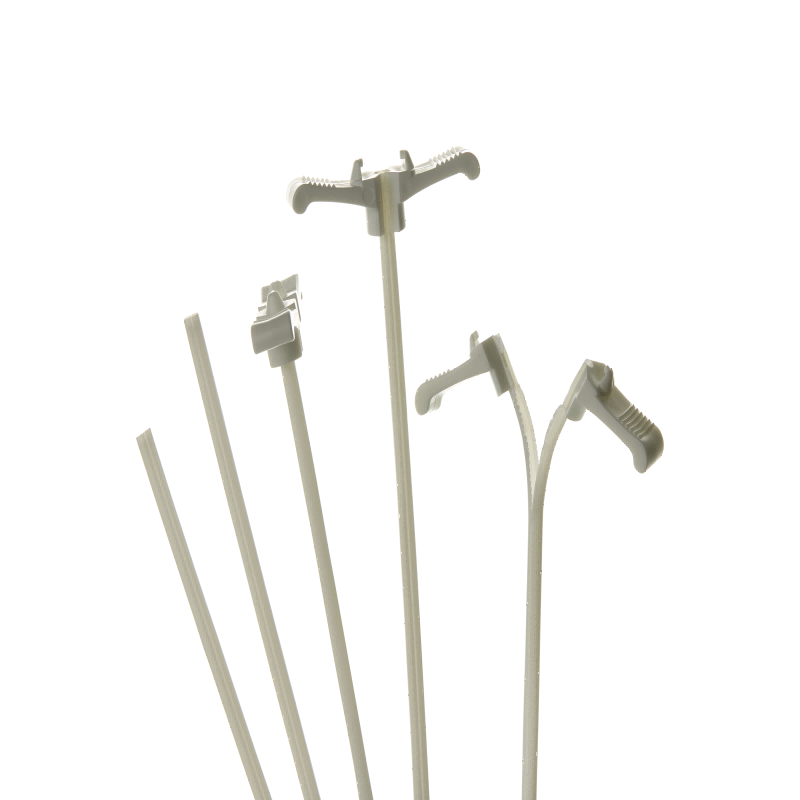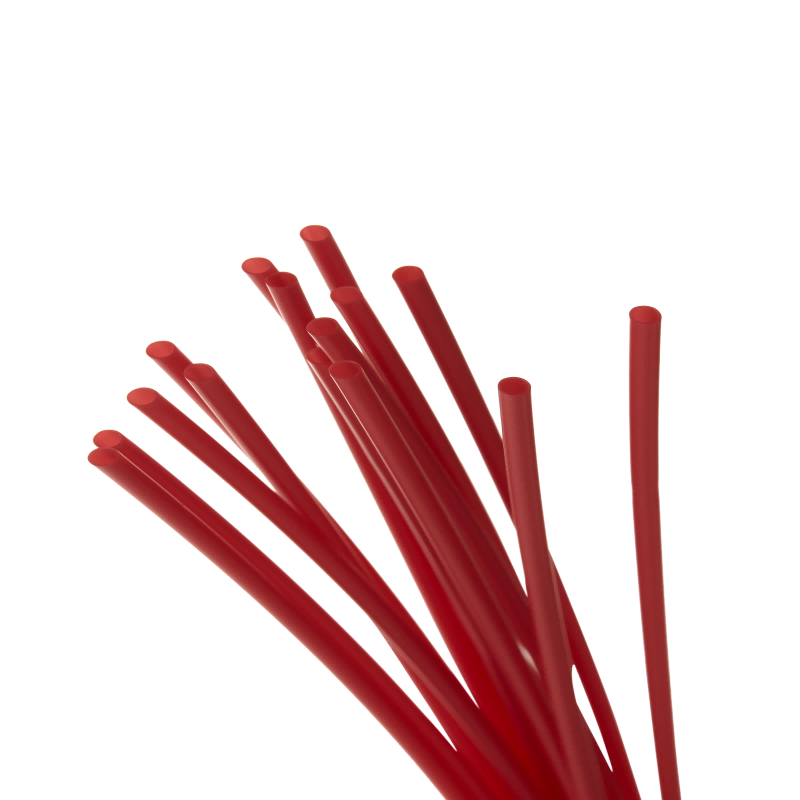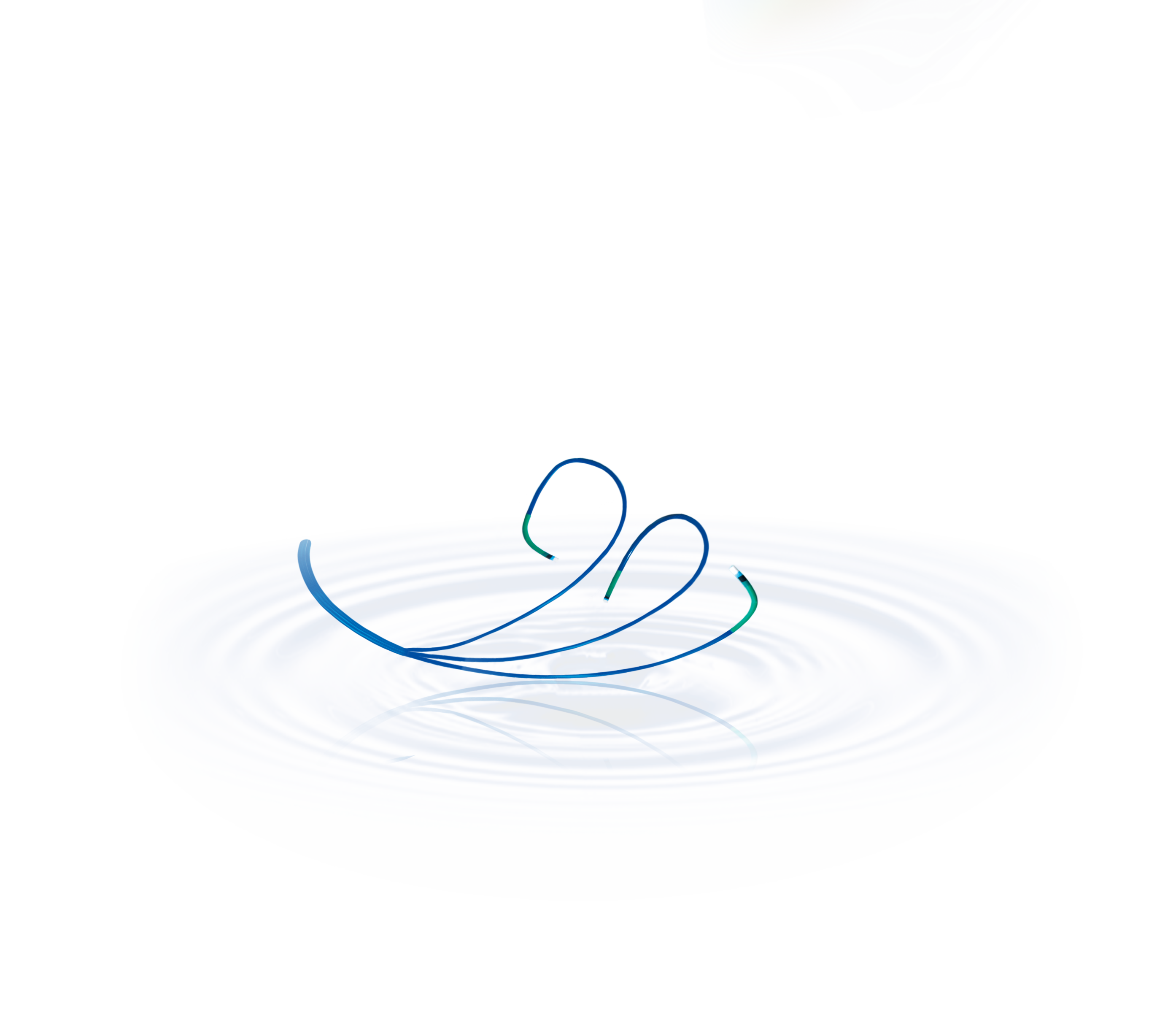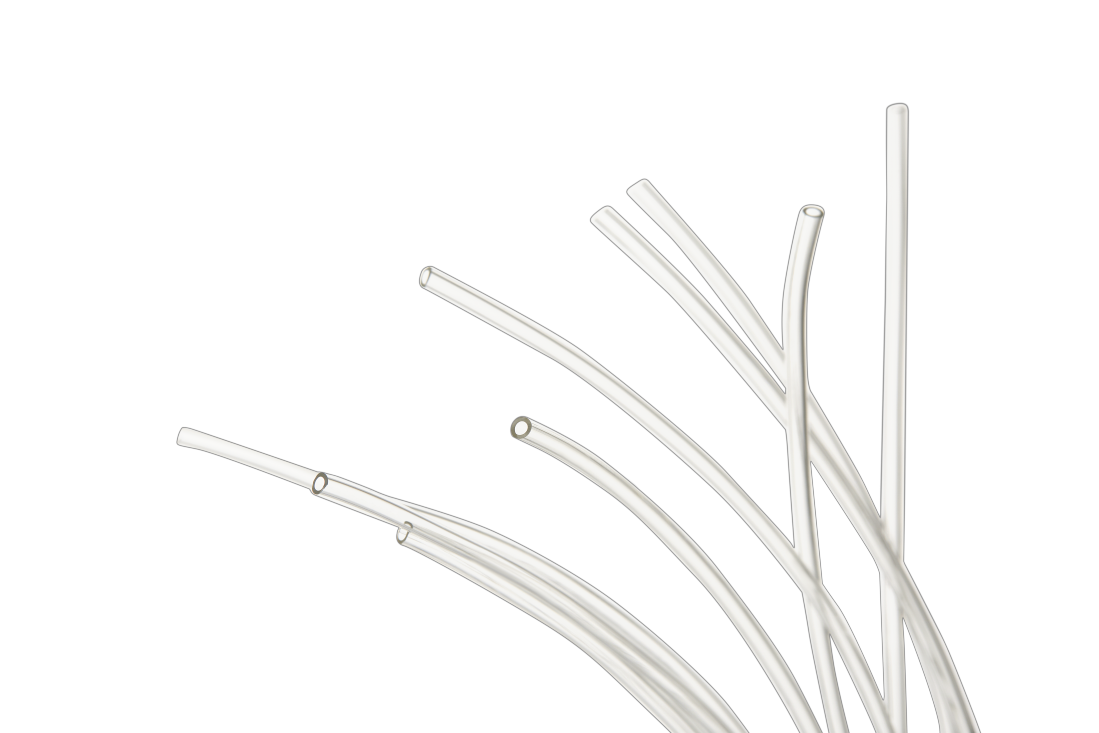POM
In the context of medical devices, POM tubing is frequently employed as a core wire due to its exceptional properties. Characterized by its high hardness, POM tubing serves as a robust support structure within various medical instruments and devices. Its rigidity and durability make it well-suited for this role, providing stability and reinforcement to delicate components.
Moreover, POM tubing’s super smooth surface finish facilitates seamless movement within devices, ensuring smooth operation and minimal friction. This attribute is particularly advantageous in applications where precise control and maneuverability are essential, such as catheterization procedures or endoscopic interventions.
- Density: The density of POM typically ranges from 1.41 to 1.43 g/cm³, depending on the grade and formulation. This property influences the overall weight and strength of components made from POM.
- Melting Point: POM has a relatively high melting point, typically ranging from 165 to 175°C (329 to 347°F). This characteristic ensures stability and integrity during processing and application in various environments.
- Outer Diameter (OD): The outer diameter of POM tubing ranges from 0.7mm to 3.0mm. This range allows for versatility in various medical and industrial applications, accommodating different fluid flow rates and instrumentation requirements.
- Tolerance: The tolerance for the outer diameter of POM tubing is typically ±0.03mm. This tight tolerance ensures consistency and accuracy in dimensions, crucial for maintaining the integrity and performance of the tubing in demanding environments.
| Outer Diameter | Tube Wall Thickness(mm) | ||
| Outer Diameter Specification(mm) | Outer Diameter Tolerance(mm) | Minimum Tube Wall Thickness(mm) | Tube Wall Thickness Tolerance(mm) |
| 0.5-5.0 | ±0.015 | / | / |
- Medical Devices: POM tubing is widely used in medical devices and equipment, including catheters, surgical instruments, drug delivery systems, and IV administration sets. Its biocompatibility, durability, and dimensional accuracy make it suitable for critical medical applications where precision and reliability are paramount.
- Automotive Components: POM tubing is employed in automotive applications such as fuel lines, brake systems, air conditioning systems, and fluid transfer systems. Its resistance to automotive fluids, high strength, and low friction properties make it ideal for these demanding applications.
- Electrical and Electronic Components: POM tubing is utilized in electrical and electronic components such as connectors, insulating sleeves, cable ties, and wire harnesses. Its excellent electrical insulation properties, resistance to moisture, and dimensional stability ensure reliable performance in various electronic devices.
- Consumer Goods: POM tubing is found in a wide range of consumer goods, including appliances, toys, sporting goods, and furniture components. Its toughness, impact resistance, and smooth surface finish make it suitable for applications requiring durability and aesthetics.
Related products
-
Peelable Tube
The Demax Peelable Tube is an innovative medical device designed to provide easy and controlled access to catheters and guidewires during medical procedures. Crafted with precision and utilizing advanced materials, this peelable tube offers exceptional performance and reliability, making it an indispensable tool for medical professionals in various clinical settings.
-
PE Tube
The PE Tube is meticulously crafted from high-quality polyethylene, a thermoplastic polymer renowned for its exceptional chemical resistance, flexibility, and biocompatibility.
The PE Tube, or Polyethylene Tube, represents a vital component in the realm of medical devices, serving as a conduit for the passage of fluids or gases within the body during various clinical procedures. Crafted from polyethylene, a resilient and biocompatible material, the PE Tube is engineered to meet the rigorous demands of medical interventions while ensuring patient safety and procedural efficacy.
-
Guiding Catheter
Guiding catheters are typically composed of biocompatible materials such as polyurethane or nylon, chosen for their flexibility, durability, and compatibility with bodily tissues. The catheter shaft is reinforced with braided or coiled wires to provide structural support and torqueability while maintaining flexibility for navigation through tortuous vascular anatomy. Soft, atraumatic tips minimize trauma to blood vessels during insertion and positioning. Radiopaque markers or bands incorporated into the catheter shaft enhance visibility under fluoroscopy or other imaging modalities, allowing for precise navigation and positioning during procedures. Demax’s guiding catheters are engineered with advanced materials and design features to optimize performance and safety, ensuring successful outcomes in a wide range of interventional procedures.
-
TPU Tube
Demax TPU tubes are meticulously crafted from Thermoplastic Polyurethane (TPU), a premium synthetic polymer renowned for its exceptional elasticity, durability, and resistance to abrasion, chemicals, and environmental factors. This composition ensures the tubes’ longevity and reliability, even in the most demanding conditions. Demax’s commitment to quality extends to every aspect of their manufacturing process, from sourcing the finest materials to employing advanced production techniques. The result is a TPU tube that meets stringent industry standards, providing customers with confidence and peace of mind in their critical applications. Whether in medical procedures, laboratory experiments, or industrial processes, Demax TPU tubes deliver unmatched performance and durability, making them the preferred choice for professionals across various sectors.




